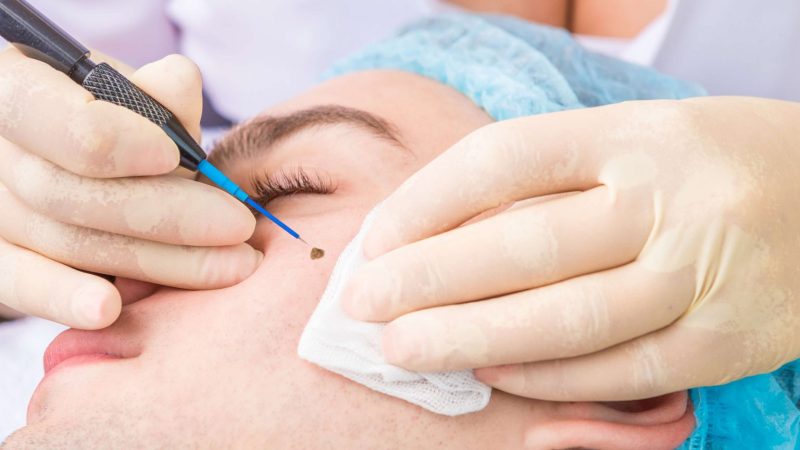Mole Removal
What is Mole Removal ?
Moles, medically known as nevi, are clusters of pigmented cells that appear as dark spots on the skin. While many moles are harmless, some may warrant removal for medical or cosmetic reasons. Common reasons for mole removal include changes in size, shape, or color, as well as irritation, itching, or bleeding associated with the mole.

Types of Mole Removal
- Excision: This involves cutting out the mole and stitching the skin closed. It is often used for larger or more prominent moles.
- Shave Excision: A scalpel or razor is used to shave off the mole flush with the skin’s surface. This method is typically used for smaller, raised moles.
- Laser Removal: Laser technology is used to break down the pigment in the mole, causing it to fade over time. This method is suitable for certain types of moles and may require multiple sessions for optimal results.
- Comprehensive approach to soft tissue injuries and facial bone fractures.
Book an Appointment
Benefits of Mole Removal
- Improved Appearance: Removing unsightly or bothersome moles can enhance self-confidence and self-esteem.
- Early Detection of Skin Cancer: In some cases, suspicious moles may indicate skin cancer and their removal allows for further examination and diagnosis.
- Relief from Discomfort: Mole removal can alleviate symptoms such as itching, irritation, or bleeding associated with the mole.
Risks of Mole Removal
- Scarring: All methods of mole removal carry a risk of scarring, although techniques such as excision with fine sutures can minimize scarring.
- Infection: There is a small risk of infection at the site of mole removal, especially if proper wound care instructions are not followed.
- Changes in Pigmentation: Some individuals may experience changes in skin color or pigmentation following mole removal, although these are usually temporary.
How to Prepare for Mole Removal
- Consult with a qualified dermatologist or plastic surgeon to assess the mole and determine the most appropriate removal method.
- Provide a medical history, including any allergies, medications, or previous skin procedures.
- Follow any pre-operative instructions provided by the healthcare provider, such as avoiding certain medications or skincare products.
During the Mole Removal Procedure
- The area around the mole will be cleaned and numbed with a local anesthetic to minimize discomfort.
- The mole will be carefully removed using the chosen technique, such as excision, shave excision, or laser therapy.
- If stitches are required, they will be placed using fine threads to minimize scarring.
After Mole Removal
- Keep the treated area clean and dry to prevent infection.
- Avoid exposing the area to sunlight until it has fully healed to minimize the risk of scarring and changes in pigmentation.
- Follow any post-operative care instructions provided by the healthcare provider, such as applying topical ointments or wearing protective bandages.
Results of Mole Removal
The results of mole removal are typically noticeable immediately after the procedure, with further improvement over time as the skin heals. While some scarring may occur, techniques such as fine suturing can help minimize its visibility, resulting in a more aesthetically pleasing outcome.
Schedule Your Appointment Today
Ready to say goodbye to unwanted moles? Schedule your mole removal consultation today and take the first step towards clearer, smoother skin. Contact us now to book your appointment and learn more about our safe and effective mole removal procedures.
